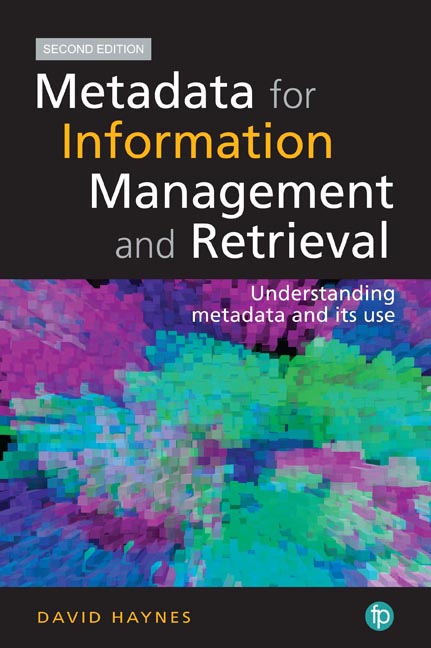PART I - METADATA CONCEPTS
Published online by Cambridge University Press: 08 June 2018
Summary
Part I introduces the concepts that underpin metadata, starting with an historical perspective. Some examples of metadata that people come across in their daily life are demonstrated in Chapter 1, along with some alternative views of metadata and how it might be categorised. This chapter defines the scope of this book as considering metadata in the context of document description. Chapter 2 looks at mark-up languages and the development of schemas as a way of representing metadata standards. It also highlights the connection between metadata and cataloguing. Chapter 3 looks at different ways of modelling data with specific reference to the Resource Description Framework (RDF). It describes the Library Reference Model (LRM) and its impact on current cataloguing systems. Chapter 4 discusses cataloguing and metadata standards and ways of representing metadata. It introduces RDA, MARC, BIBFRAME as well as standards used in records management, digital repositories and non-textual materials such as images, video and sound.
Information
- Type
- Chapter
- Information
- Metadata for Information Management and RetrievalUnderstanding metadata and its use, pp. 1 - 2Publisher: FacetPrint publication year: 2018
